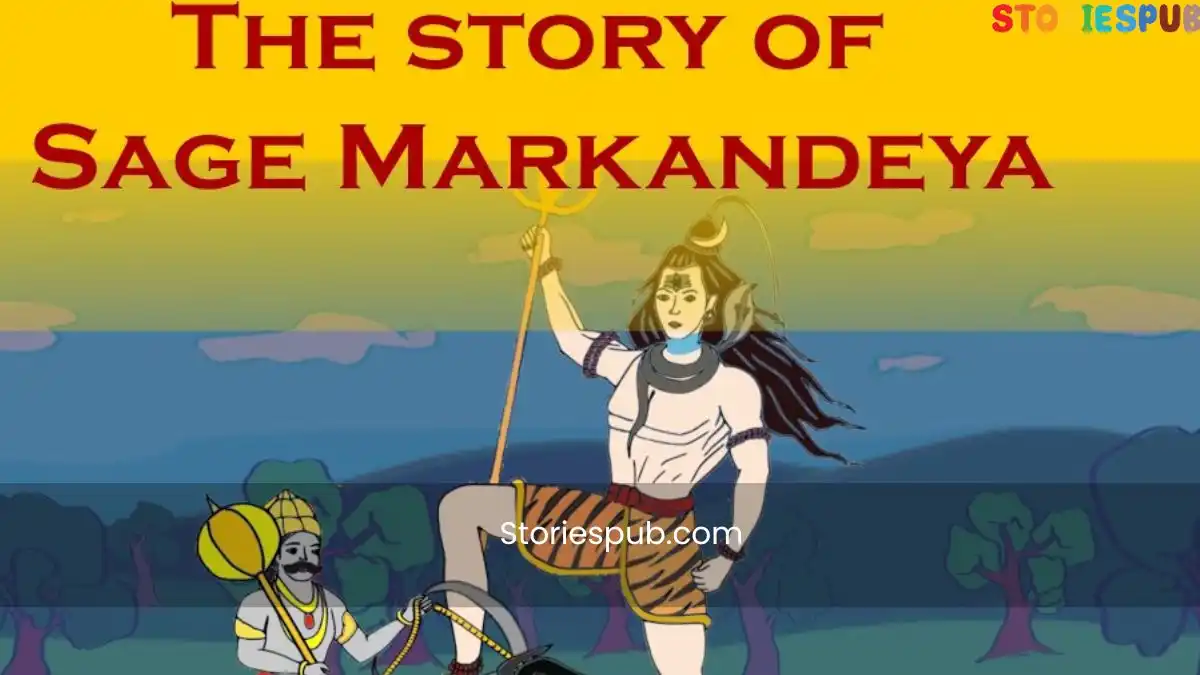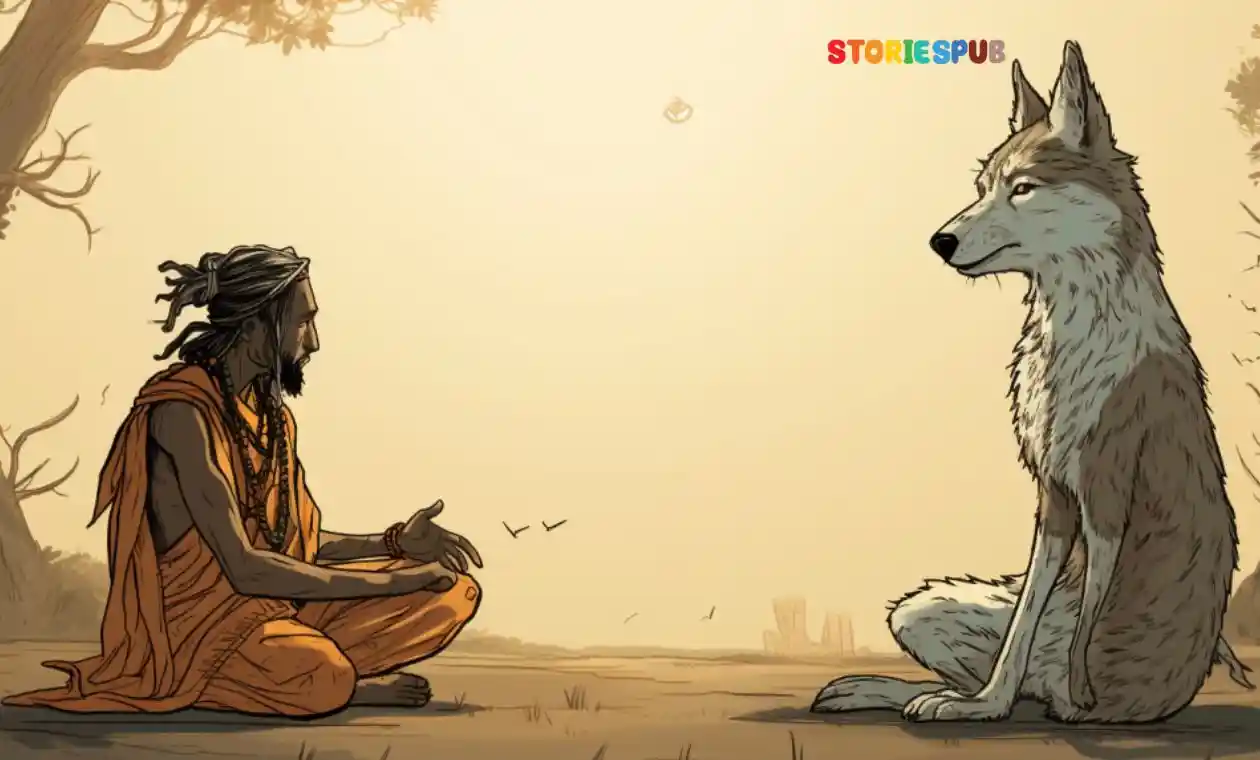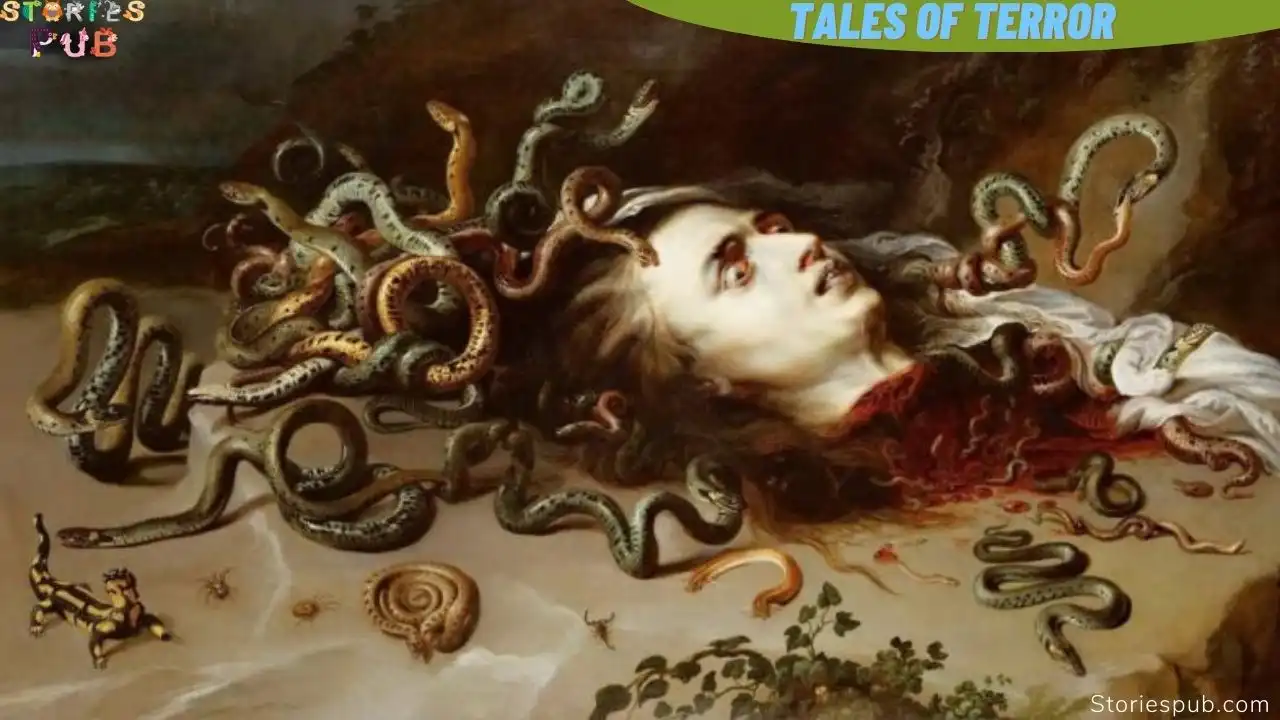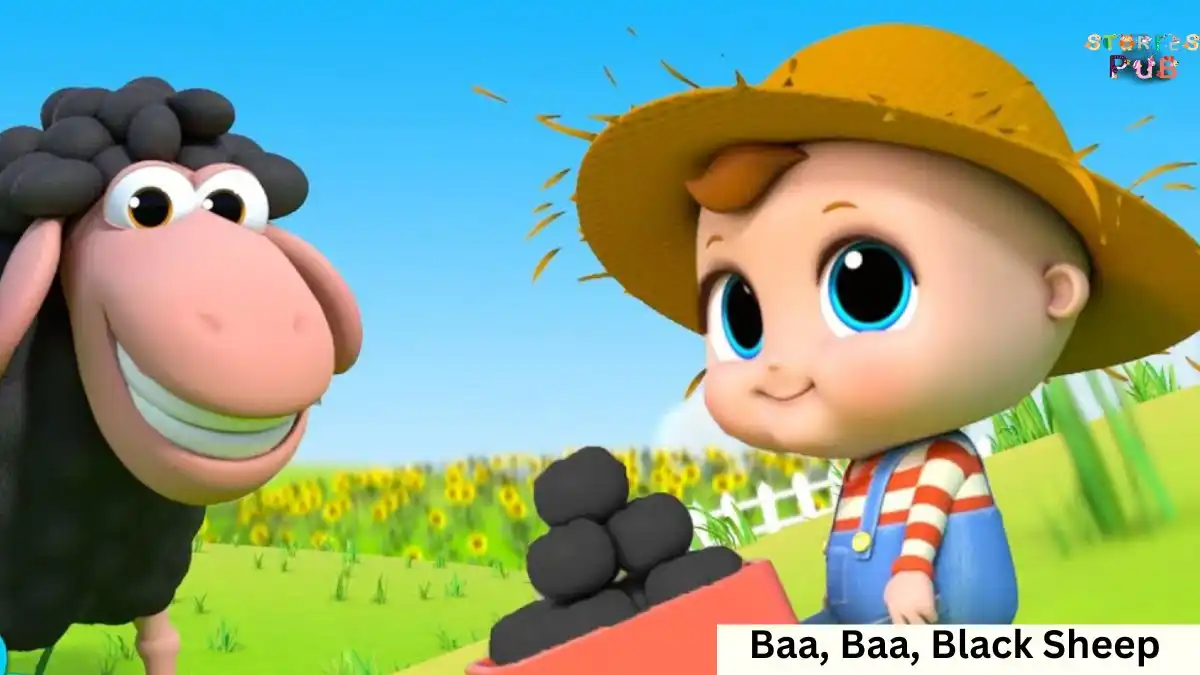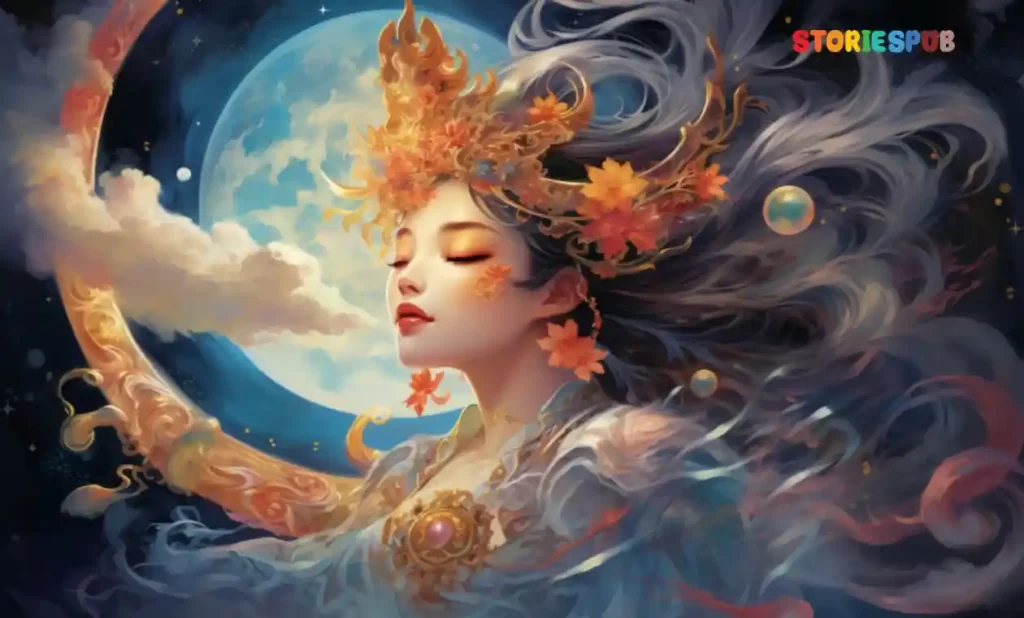
Long ago, in ancient China, there was a beautiful woman named Chang’e. She was known as the Moon Goddess and was worshipped as a lunar deity. Chang’e lived in a grand palace on the moon, where she resided with her loyal companion, the Jade Rabbit. Her story is celebrated every year during the Mid-Autumn Festival, a traditional Chinese holiday that falls on the 15th day of the eighth lunar month.
The origin story of Moon Goddess Chang begins with the world facing a crisis. Ten suns had risen in the sky, causing the earth to become scorched and unlivable. People were struggling to survive, and the situation seemed hopeless.
To save humanity, the gods sent down a divine archer named Hou Yi. He was a skilled marksman and possessed a magical bow and arrow that could shoot down multiple targets at once. Upon arriving on earth, Hou Yi took aim at the suns and shot down nine of them, leaving only one in the sky to provide warmth and light.
Hou Yi’s actions saved humanity, and he became a hero to the people. The gods were impressed with his skill and bravery, and as a reward, the Queen Mother of the West presented him with an elixir of immortality. The elixir was a precious gift, granting the person who consumed it eternal life and youthfulness.
Hou Yi was overjoyed with the gift, but he knew that immortality came with a price. He was hesitant to consume it right away, fearing that it would bring him more harm than good. So, he decided to keep it safe until he found the perfect time to take it.
Hou Yi’s wife, Chang’e, was a beautiful woman who loved her husband deeply. She was curious about the elixir and asked her husband about it. Hou Yi told her about its powers and explained why he had not consumed it yet. Chang’e became consumed with the desire to have the elixir for herself, thinking that it would bring her eternal youth and beauty.
One day, when Hou Yi was out hunting, Chang’e found the elixir and drank it without hesitation. Instantly, she began to float up towards the heavens, her body glowing with an otherworldly light. Hou Yi returned home to find his wife gone and the elixir missing.
When he realized what had happened, Hou Yi was devastated. He had lost his beloved wife to the heavens, and he knew that he could never join her there. Hou Yi began to call out Chang’e’s name, hoping that she would hear him and return to him, but she was too far away.
Chang’e’s ascent to the heavens transformed her into the Moon Goddess. She now resided in a grand palace on the moon, where she watched over the earth and its inhabitants. Her loyal companion, the Jade Rabbit, was always by her side, helping her tend to the moon’s gardens and prepare for the Mid-Autumn Festival.
Despite their separation, Hou Yi and Chang’e remained devoted to each other. It is said that on the night of the Mid-Autumn Festival, they are reunited for a brief moment, sharing the love and affection that has sustained them throughout eternity.
The story of Moon Goddess Chang is a powerful and enduring myth that has captivated people’s imaginations for centuries. It teaches us about the power of love, sacrifice, and the divine and continues to inspire and uplift people around the world.
The characteristics of Moon Goddess Chang are varied, depending on the version of the myth. However, all versions agree that she is a powerful and influential deity who holds great significance in Chinese culture.
Some versions portray Moon Goddess Chang as a graceful and kind-hearted goddess who watches over the earth and its inhabitants. She is seen as a benevolent figure who brings peace, prosperity, and good fortune to those who honor her. In these versions, she is often depicted as a beautiful and ethereal figure, draped in flowing robes and surrounded by the moon’s luminous glow. Her companion, the Jade Rabbit, is also a popular figure in Chinese art, symbolizing loyalty and companionship.
Other versions of the myth depict Moon Goddess Chang as a lonely and sorrowful figure who longs for her mortal life with Hou Yi. She is seen as a tragic heroine who sacrificed everything for love, even if it meant living apart from her beloved husband for eternity. In these versions, she is often portrayed as a pensive and melancholic figure, gazing down at the earth with a wistful expression.
Despite the variations in her characterizations, Moon Goddess Chang is universally recognized as a powerful and influential deity in Chinese culture. She is often associated with femininity, beauty, and grace, and her image is used as a symbol of feminine power and strength.
The significance of the Mid-Autumn Festival in relation to Moon Goddess Chang lies in the belief that she descends to earth on this night to reunite with her husband, Hou Yi. It is a time of celebration, marked by mooncakes, lanterns, and family gatherings. It is said that by looking up at the full moon during this festival, one can catch a glimpse of Chang’e and her Jade Rabbit companion.
The legend of Hou Yi and Chang’e is one of the most famous love stories in Chinese mythology. Despite the distance between them, Hou Yi and Chang’e remained devoted to each other, and their love persisted even after Chang’e was transformed into a goddess. It is said that on the night of the Mid-Autumn Festival, they are reunited for a brief moment, sharing the love and affection that has sustained them throughout eternity.
There are different versions of the Moon Goddess Chang myth, each with its own unique details and interpretations. In some versions, Chang’e is portrayed as a seductive figure who uses her beauty and charm to gain power and influence. In others, she is seen as a tragic heroine who sacrifices everything for love. However, the central themes of the story remain consistent, emphasizing the power of love, sacrifice, and the divine.
The moral lesson of the Moon Goddess Chang story is that true love knows no boundaries and can overcome even the greatest obstacles. It also teaches that power and immortality come at a great cost and that sometimes, it is better to accept the fleeting nature of life and love than to grasp at eternal life.
Moon Goddess Chang is depicted in Chinese art and literature in a variety of ways. She is often shown as a graceful and ethereal figure, draped in flowing robes and surrounded by the moon’s luminous glow. Her companion, the Jade Rabbit, is also a popular figure in Chinese art, symbolizing loyalty and companionship.
In modern times, Moon Goddess Chang is celebrated during the Mid-Autumn Festival, which has become an important cultural holiday in China and many other parts of Asia. People gather together with their families and friends to enjoy mooncakes, a traditional pastry filled with sweet bean paste or lotus seed paste, and to light lanterns in the shape of animals, plants, and other objects.
Mooncakes are an essential part of the Mid-Autumn Festival, and their round shape and golden color symbolize unity, harmony, and the beauty of the full moon. Some mooncakes also contain a salted duck egg yolk, which represents the moon, while others are filled with lotus seeds or nuts to symbolize fertility, happiness, and prosperity.
Moon Goddess Chang is also celebrated through various artistic and cultural activities, such as dance performances, music concerts, and storytelling sessions. Her story continues to inspire and captivate people around the world, and her image is often used as a symbol of feminine beauty, grace, and power.
The story of Moon Goddess Chang has transcended borders and cultures, and variations of her myth can be found in many other parts of Asia, including Japan, Korea, and Vietnam. While the specific details and characters may differ, the central themes of love, sacrifice, and the divine remain consistent across all cultures, demonstrating the enduring appeal and relevance of her story.
In Japanese folklore, the moon goddess is known as Tsukuyomi. She is a powerful deity who represents the moon and is often associated with the Shinto religion. Tsukuyomi is depicted as a male deity who has the power to control the tides and is revered as a symbol of purity and beauty.
In Korean mythology, the moon goddess is called Ch’ang O. She is a popular figure who is celebrated during the Chuseok festival, a traditional Korean holiday that falls on the fifteenth day of the eighth lunar month. Ch’ang O is depicted as a beautiful and ethereal figure who lives on the moon and is accompanied by a rabbit. Her story centers around her ascent to the moon and her longing to be reunited with her mortal husband.
In Vietnamese culture, the story of the Moon Goddess centers around a young boy named Cuội, who was banished to the moon after breaking a magical banyan tree. Cuội is often depicted as a mischievous and curious figure who is punished for his disobedience. His story is celebrated during the Mid-Autumn Festival, and the image of the moon is used as a symbol of Cuội’s longing for home.
Despite the variations in these stories, the central themes of love, sacrifice, and the divine remain consistent. They all demonstrate the enduring appeal and relevance of Moon Goddess Chang’s story, which continues to inspire and captivate people around the world.
In conclusion, the story of Moon Goddess Chang is a powerful and influential myth that has captivated people’s imaginations for centuries. Her story teaches us about the power of love, sacrifice, and the divine, and her image continues to inspire and uplift people around the world. By celebrating her during the Mid-Autumn Festival and through various artistic and cultural activities, we honor her legacy and keep her memory alive for generations to come.
Hey kids, how much did you like The Story of Moon Goddess Chang? Please share your view in the comment box. Also, please share this story with your friends on social media so they can also enjoy it, and for more such Chinese Mythology, please bookmark storiespub.com.
Related Post :
FAQ about Moon Goddess Chang
Who is Moon Goddess Chang?
Moon Goddess Chang is a popular figure in Chinese mythology and is known as the goddess of the moon.
What is the origin story of Moon Goddess Chang?
The origin story of Moon Goddess Chang is a tale of love, betrayal, and divine intervention. It is said that her husband, Hou Yi, was given an elixir of immortality by the Queen Mother of the West, but Chang'e drank it and became the Moon Goddess.
What are the characteristics of Moon Goddess Chang?
Moon Goddess Chang's characteristics vary depending on the version of the myth. She is often portrayed as a graceful and kind-hearted goddess who watches over the earth and its inhabitants.
What is the significance of the Mid-Autumn Festival in relation to Moon Goddess Chang?
The Mid-Autumn Festival is celebrated in honor of Moon Goddess Chang and her story. People gather together to enjoy mooncakes, light lanterns, and pay tribute to her.
What is the legend of Hou Yi and Chang'e?
The legend of Hou Yi and Chang'e is a romantic story of love, sacrifice, and the divine. Hou Yi is a divine archer who saves humanity from ten suns, and Chang'e becomes the Moon Goddess after drinking the elixir of immortality.
What are the different versions of the Moon Goddess Chang myth?
There are many variations of the Moon Goddess Chang myth, including those found in Japan, Korea, and Vietnam.
What is the moral lesson of the Moon Goddess Chang story?
The moral lesson of the Moon Goddess Chang story is about the power of love, sacrifice, and the divine.
How is Moon Goddess Chang depicted in Chinese art and literature?
Moon Goddess Chang is often depicted as a beautiful and ethereal figure, draped in flowing robes and surrounded by the moon's luminous glow.
How is Moon Goddess Chang celebrated in modern times?
Moon Goddess Chang is celebrated during the Mid-Autumn Festival, and her story is honored through various artistic and cultural activities, such as dance performances, music concerts, and storytelling sessions.
What are some variations of the Moon Goddess Chang story in other cultures?
In Japanese folklore, the moon goddess is known as Tsukuyomi, while in Korean mythology, she is called Ch'ang O. In Vietnamese culture, the story of the Moon Goddess centers around a young boy named Cuội, who was banished to the moon after breaking a magical banyan tree.




